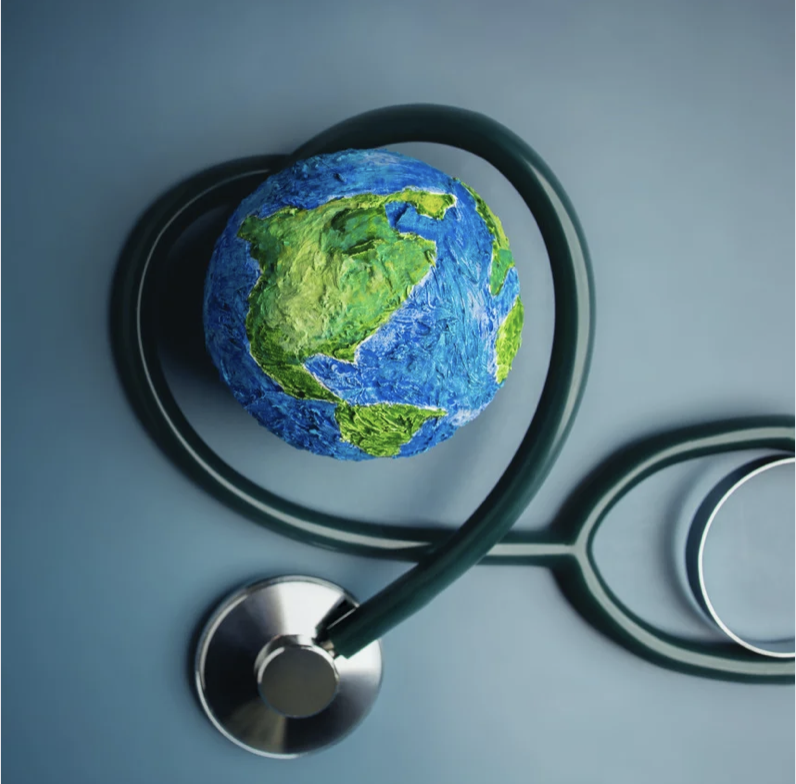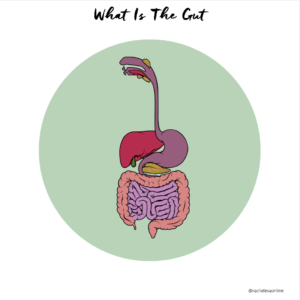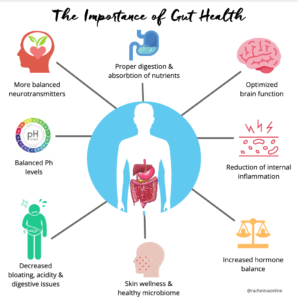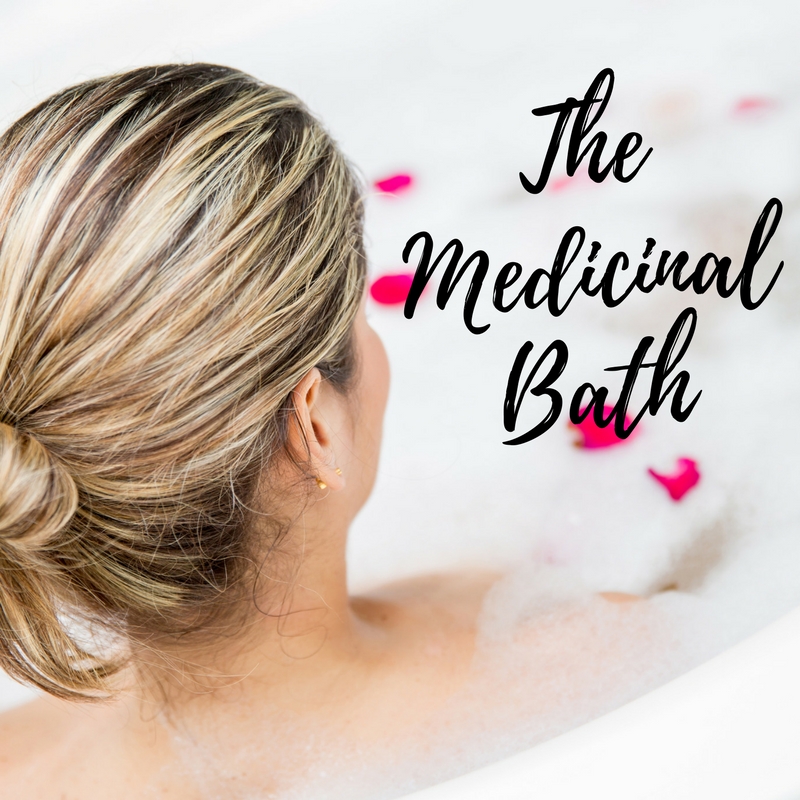World Health Day & Why It Matters All Year Long
Today, April 7th is #WorldHealthDay and in honor of this I wanted to build some awareness about global health and the deep interconnectedness between all countries around the world and yours and my individual health…
When there is a crisis, be it natural disaster, war, famine, disease, or any other issue within one country, its impact is felt globally. It effects my health and your health through economy, community, collective trauma, and increased fear, decreases to tools, resources, and items we each need in our own locations in order to manage our health and wellbeing. Crisis does not just cause negative impact at the epi center. The ripple effects are far reaching and do impact you and I personally. The crisis not just happening ‘over there’, it is happening EVERYWHERE.
What we are all doing… the choices we make, the beliefs we hold, where we put our money, what we align with, who we support through our purchases… all of this moves us towards or away from world health or world unwellness.
Here are some things we all can begin taking steps on within our daily lives that will lead towards INCREASES in world health:
- Know what companies support, perpetuate, and invest in. Then choose to spend your money with the ones causing positive impacts in the world
- Take steps to reduce your carbon footprint, use of plastic and reduce waste
- Become more educated on global health issues, policy, and economics
- Vote!!!
- Continue your own healing and wellness journey
- Find ways to support other people in your community, country and globally with their health and wellbeing
- Use what is in your hands to make a difference – volunteer, donate and/or support a cause
- Help spread awareness on issues that impact global health
- Educate yourself on how health and wellbeing is defined differently by different countries and communities.
- Educate yourself about wellness accessibility, diversity, equity and inclusion
- Try to find more ways to live in harmony with nature and natures cycles
Here are some additional pieces of info so that you can become more informed and centered in world health matters –
Top 10 Most Common Health Issues/Health Influencers
- Physical Activity and Nutrition
- Overweight and Obesity
- Tobacco
- Substance Abuse
- HIV/AIDS
- Mental Health
- Injury and Violence
- Environmental Quality
Top global health issues:
Heart disease, stroke, cancer, diabetes, and other noncommunicable diseases (NCDs) account for 70 percent of all deaths worldwide, according to the WHO.








